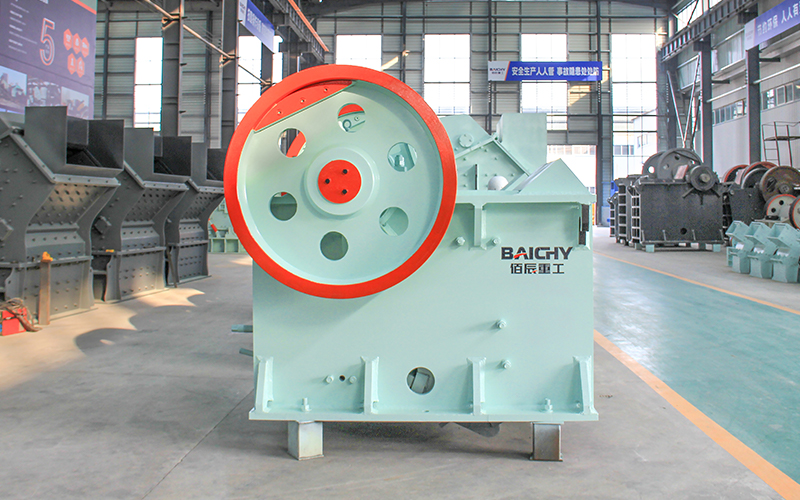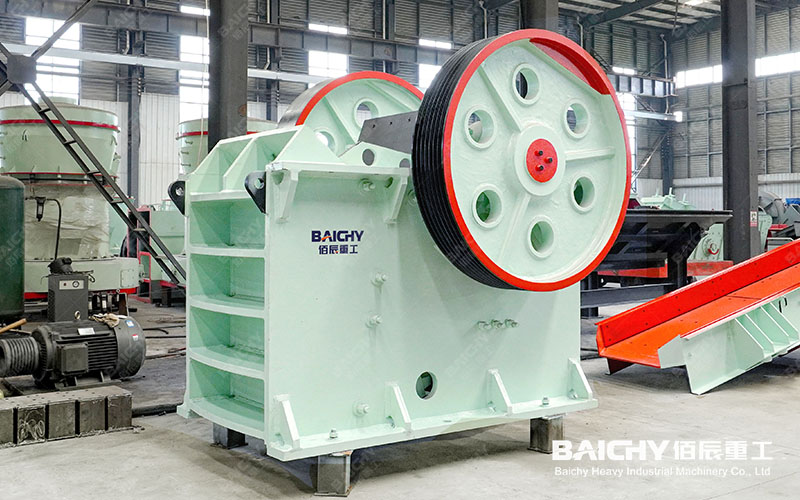PC hammer crusher is an industrial machinery. Its working principle is to crush materials through the collision surface of the high-speed rotating hammer body and materials. It has the characteristics of a simple structure, a large crushing ratio, and high production efficiency. It can be used for dry and wet crushing. It is suitable for fine crushing of medium hardness and brittle materials in mining, cement, coal, metallurgy, building materials, highways, combustion, and other departments.
The main advantages of PC hammer crushers include:
- Compact structure, small size, and easy to move.
- The graceless design can crush materials with a moisture content of 8%, and there is very little clogging of materials.
- The machine body has less ash leakage and fewer wearing parts, which meets the needs of small output and small batch operations.
- The investment cost is low, the later benefits are high, and the overall benefits are good.
However, the PC hammer crusher also has some shortcomings. For example, it cannot make sand. Its crushing performance is quite different from that of the heavy hammer crusher. It can only be used for simple crushing. It is a small and medium-sized equipment. It is mainly suitable for limestone, coal gangue, gypsum, etc. Medium and low hardness materials such as bluestone.
Hammer Crusher Working Principle in Animation
- The material passes through the hammer wheel (diamond head) and mesh (wire mesh) and is crushed into smaller particles by the impact of the hammer wheel to achieve the purpose of crushing.
- Hammerhead rotation: The rotor of the hammer crusher starts to rotate at high speed through the motor drive. There are multiple hammerheads installed on the rotor, which are fixed on the rotor and move with the rotation of the rotor.
- Material feeding: The material enters the crushing cavity from the feeding port. During the feeding process, the material is impacted and hit by the hammerhead.
- Impact crushing: When the material enters the crushing cavity, the hammerhead impacts the material by rotating at high speed. The force of the impact causes the material to shatter or break into smaller particles. The high-speed rotation of the hammer head increases the impact force and crushing effect.
- Re-impact: The crushed materials are thrown to the wall plate or impact plate of the crushing cavity, and are impacted and broken by the hammer head again. This process can be repeated multiple times until the material reaches the desired particle size.
- Discharge: The crushed materials are discharged from the crushing cavity through the discharge port and enter the next processing stage or final collection.

Hammer Crusher for Cement Plant
Cement hammer crusher is a piece of equipment specially used to crush cement raw materials. Its working principle is to use a high-speed rotating hammer to impact and crush the raw materials, breaking the cement blocks into smaller particles for further processing or use.
The main features of cement hammer crushers include:
- High efficiency: The cement hammer crusher has high productivity and can achieve continuous operation and improve production efficiency.
- Wide range of applications: suitable for cement raw materials of various hardnesses, such as ordinary Portland cement, slag Portland cement, pozzolanic Portland cement, etc.
- High degree of automation: The cement hammer crusher is equipped with an intelligent control system, which can realize automated operation, reduce manual intervention, and improve production efficiency and product quality.
- High wear resistance: The hammer head is made of high-strength wear-resistant materials and has a long service life.
- Easy maintenance: The cement hammer crusher has a simple structure and is easy to maintain, which reduces maintenance costs.

In short, the cement hammer crusher is a cement raw material crushing equipment with high efficiency, a wide application range, and a high degree of automation. It is widely used in cement production, concrete mixing stations, and other fields.









